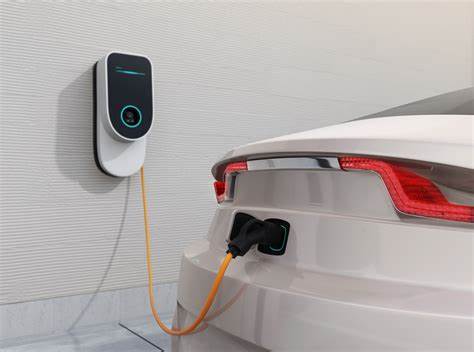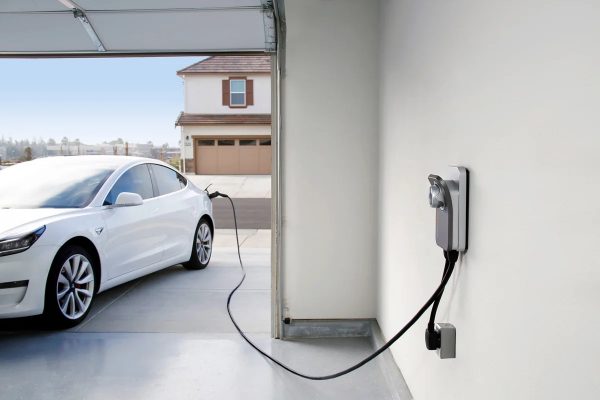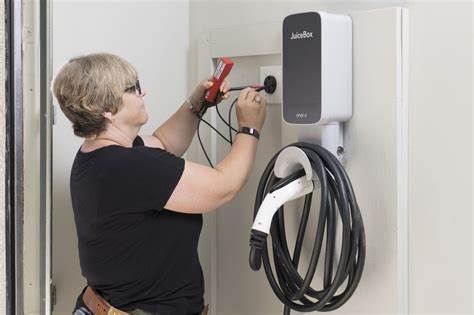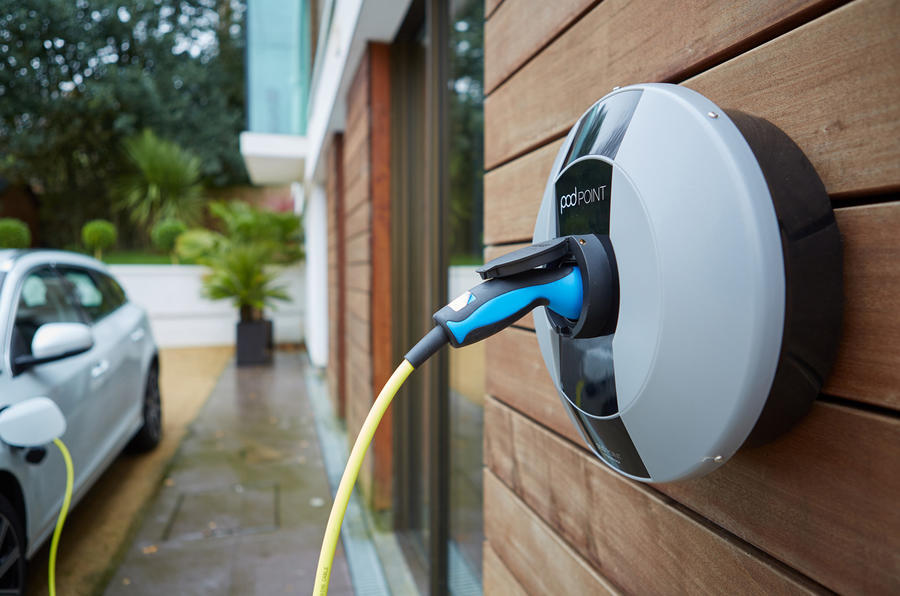
Introduction
The topic of charging your electric vehicle (EV) at home has gained significant attention in recent years. As more individuals transition to electric vehicles, understanding the process and importance of home charging is crucial. This article aims to provide a comprehensive guide to home EV charging, exploring its historical background, key concepts, installation and equipment, costs and efficiency, case studies, current trends, challenges, and future outlook.
Historical Background
Electric vehicles have a rich history that dates back to the early 19th century. While their popularity waned over time, recent advancements in technology and environmental concerns have sparked a resurgence. As EVs gained momentum, the development of home charging infrastructure became imperative. Over the years, advancements in charging technology and accessibility have significantly improved, making home EV charging a viable option for EV owners.
Key Concepts and Definitions
To understand home EV charging fully, it is essential to be familiar with key terms and concepts. This section defines terms like EV, charger, voltage, and amperage, providing a solid foundation for further exploration. Furthermore, it explains the differences between Level 1, Level 2, and Level 3 charging, highlighting the advantages and limitations of each. Additionally, the concept of charging efficiency is discussed and its impact on the charging process is examined.

Main Discussion Points
Understanding the Types of Home EV Charging
Level 1 charging, also known as trickle charging, utilizes a standard household outlet and provides a convenient and accessible charging option. However, it is the slowest method and may not be suitable for all EV owners. Level 2 charging, on the other hand, offers a faster and more efficient charging option, typically requiring a dedicated charging station installation. Level 3 charging, also known as DC fast charging, is the fastest option available, capable of delivering a significant amount of charge in a short period. While it currently has limited availability, it holds immense potential for the future of home EV charging.
Installation and Equipment for Home EV Charging
To successfully charge an EV at home, specific electrical infrastructure and equipment are necessary. This section delves into the details of the electrical requirements, outlining the steps involved in installing a home EV charging station. Additionally, it explores different types of chargers available for home installation, taking into consideration factors such as power output, compatibility, and convenience.
Charging Costs and Efficiency
Understanding the cost implications of home EV charging is crucial for EV owners. This section explores the factors that affect charging costs, including electricity rates, charging speed, and time of use. Additionally, it examines the concept of charging efficiency and its impact on energy consumption. Strategies for maximizing charging efficiency and minimizing costs are also provided.

Case Studies or Examples
Real-world case studies of homeowners who have successfully installed home EV charging stations offer practical insights and inspiration. By examining their experiences and benefits, potential EV owners can gain a better understanding of the advantages and challenges associated with home charging.
Current Trends or Developments
The field of home EV charging is constantly evolving, with new advancements and innovations emerging regularly. This section discusses recent technological advancements, such as improved charging infrastructure and smart grid integration. Furthermore, it highlights emerging trends and presents recent research findings related to the efficiency and effectiveness of home EV charging.
Challenges or Controversies
While home EV charging offers numerous benefits, it is not without its challenges. This section addresses common challenges faced by homeowners during the installation process, such as limited electrical capacity or the need for specialized equipment. Additionally, it explores controversies surrounding the availability and accessibility of home charging infrastructure and presents differing viewpoints on the impact of home EV charging on the electrical grid.

Future Outlook
As technology continues to advance, the future of home EV charging looks promising. This section speculates on potential developments, such as wireless charging and vehicle-to-grid integration, that could revolutionize the industry. Furthermore, it discusses potential policy changes or initiatives that may affect home EV charging in the future, emphasizing the importance of adapting to a sustainable transportation future.
Conclusion
In conclusion, home EV charging plays a pivotal role in the adoption and success of electric vehicles. This article has provided a comprehensive guide, covering the historical background, key concepts, installation and equipment, costs and efficiency, case studies, current trends, challenges, and future outlook of home EV charging. By encouraging further exploration and research, individuals can make informed decisions about charging their EVs at home.






